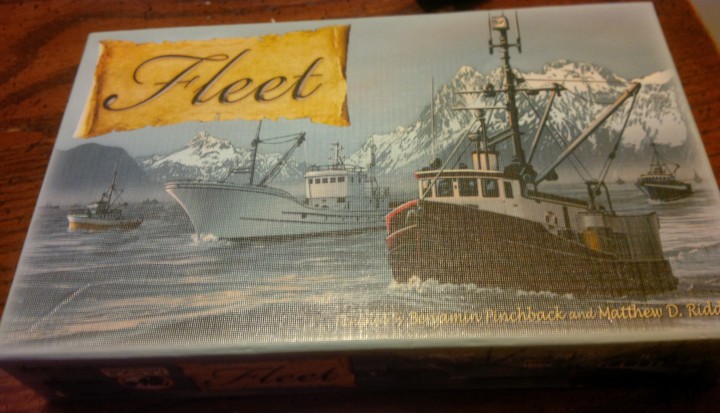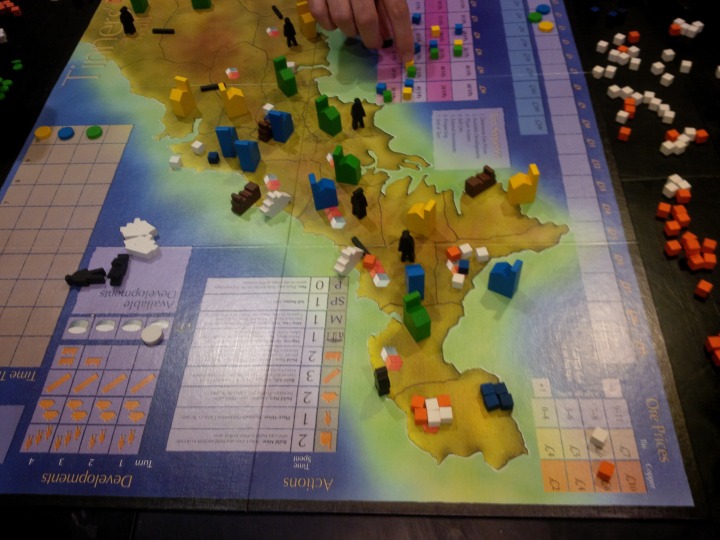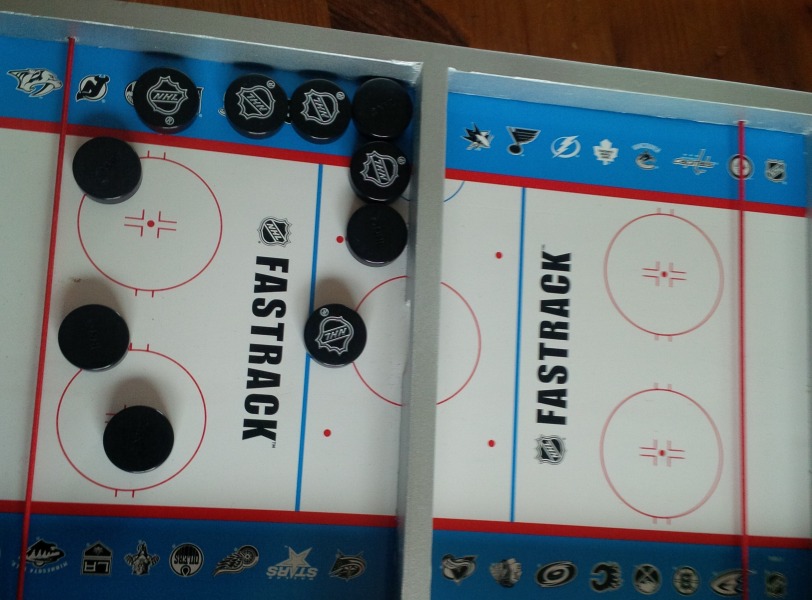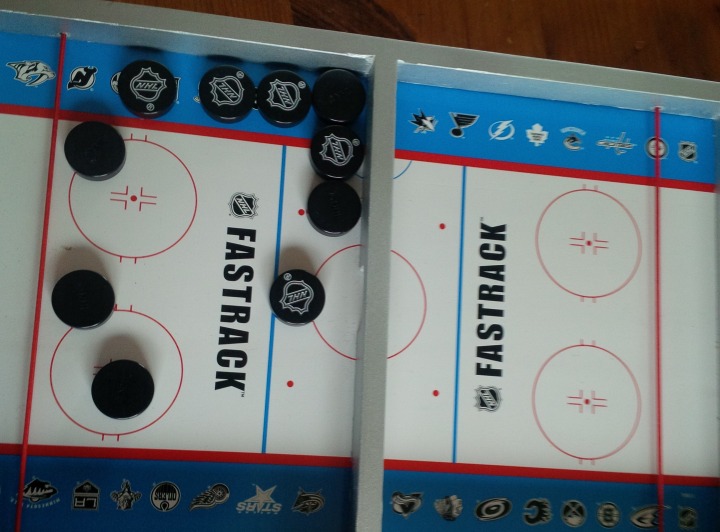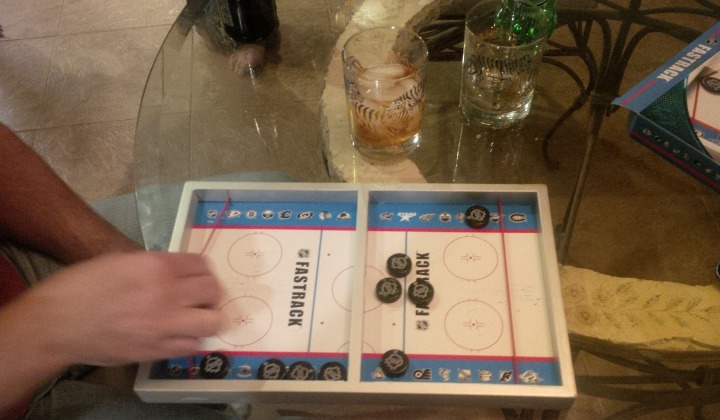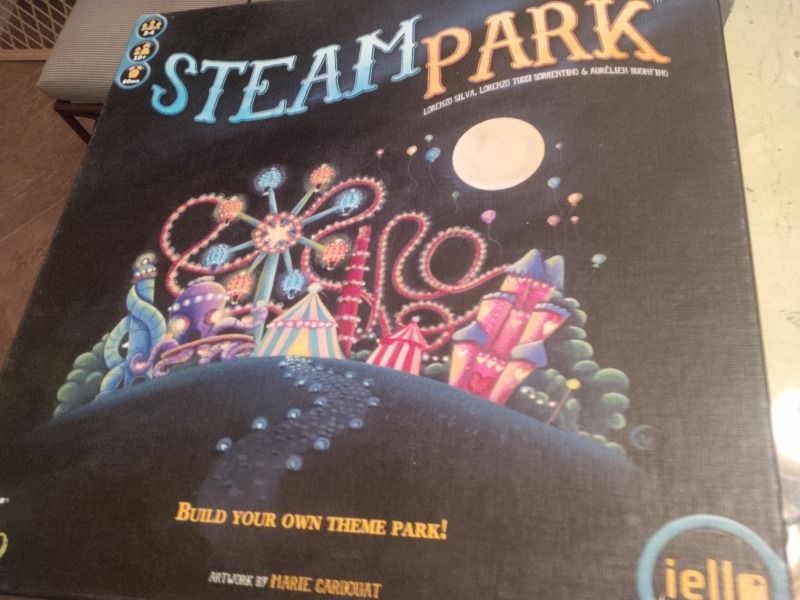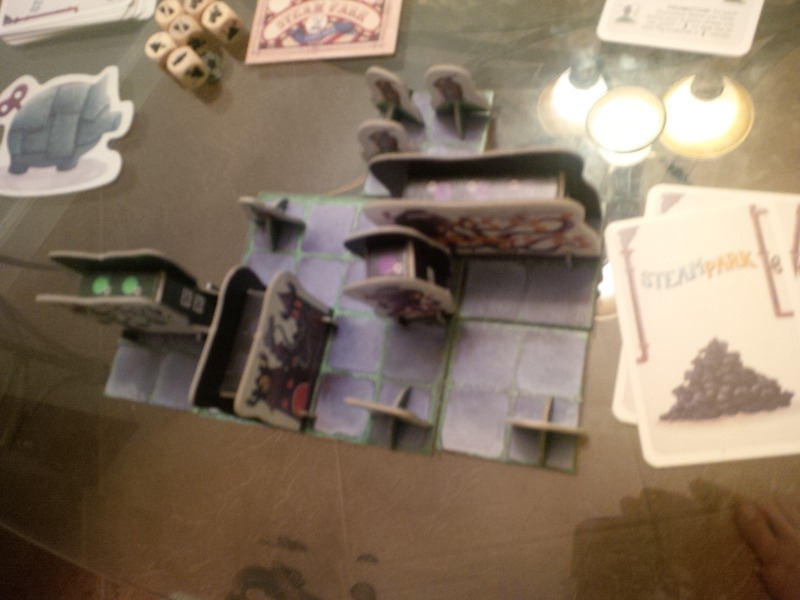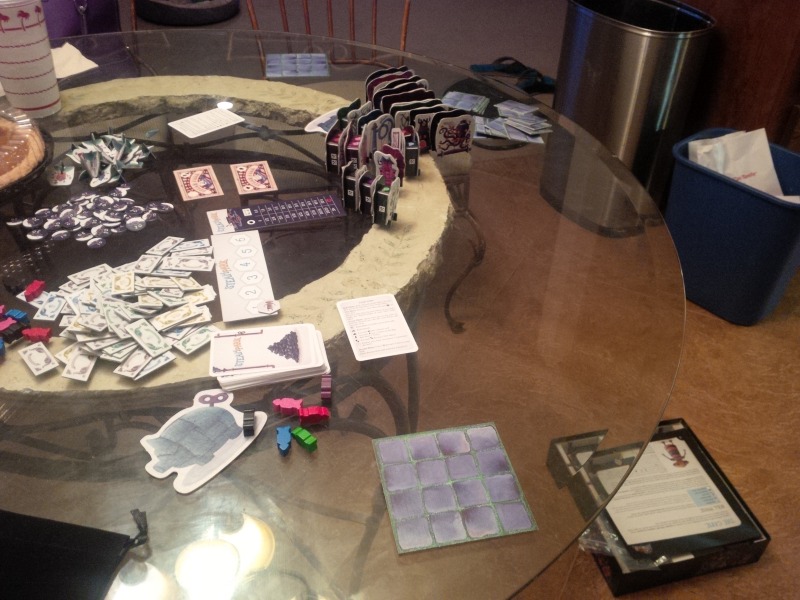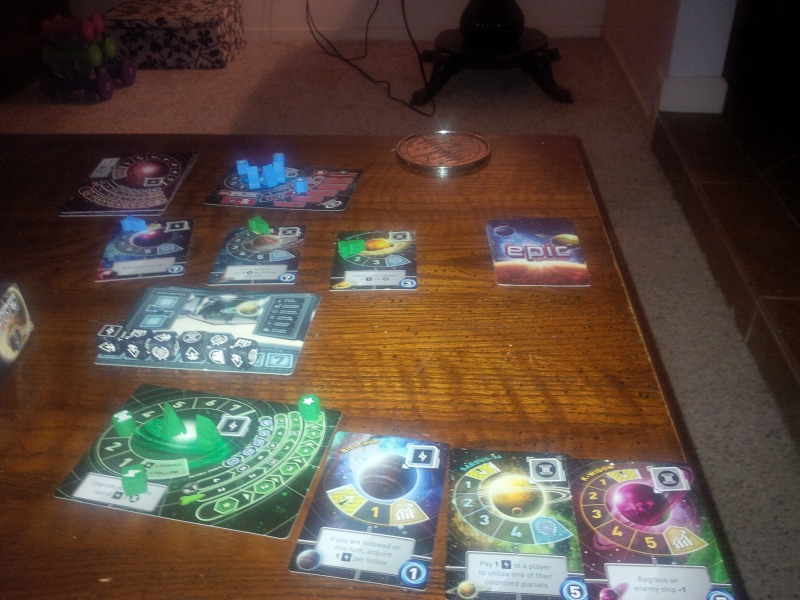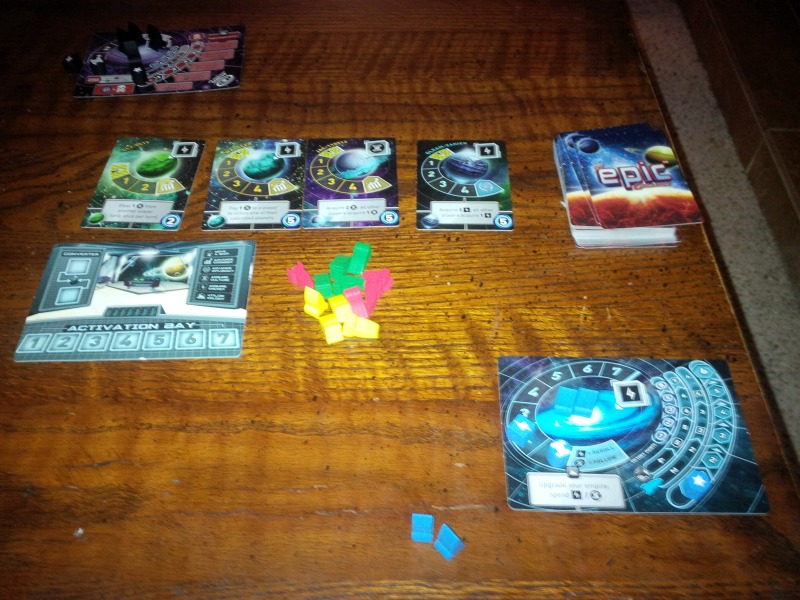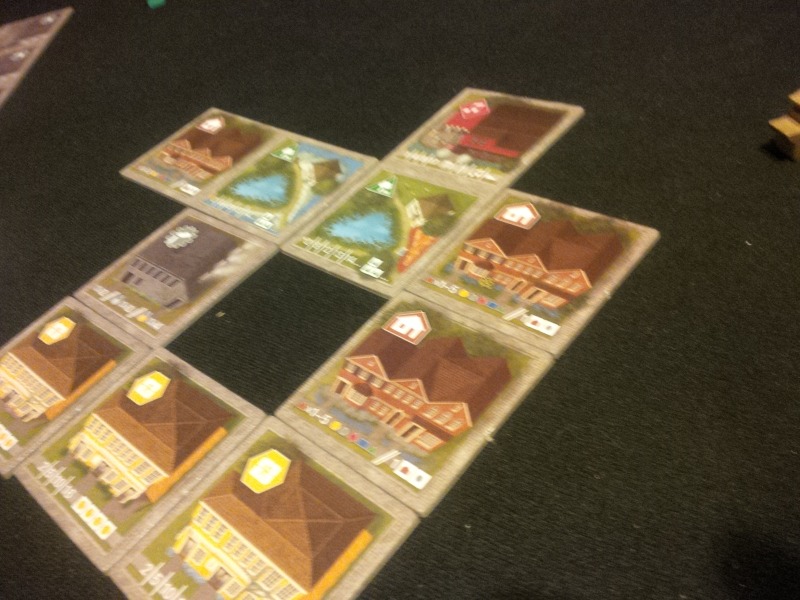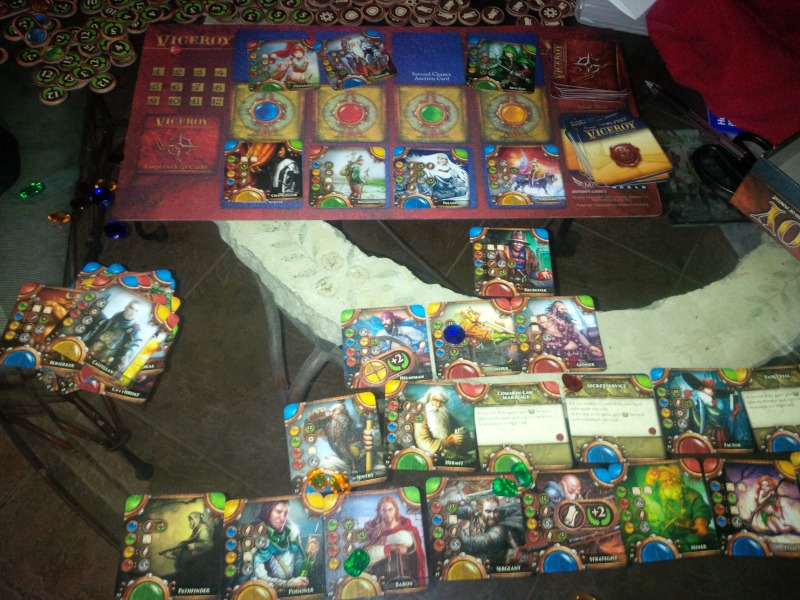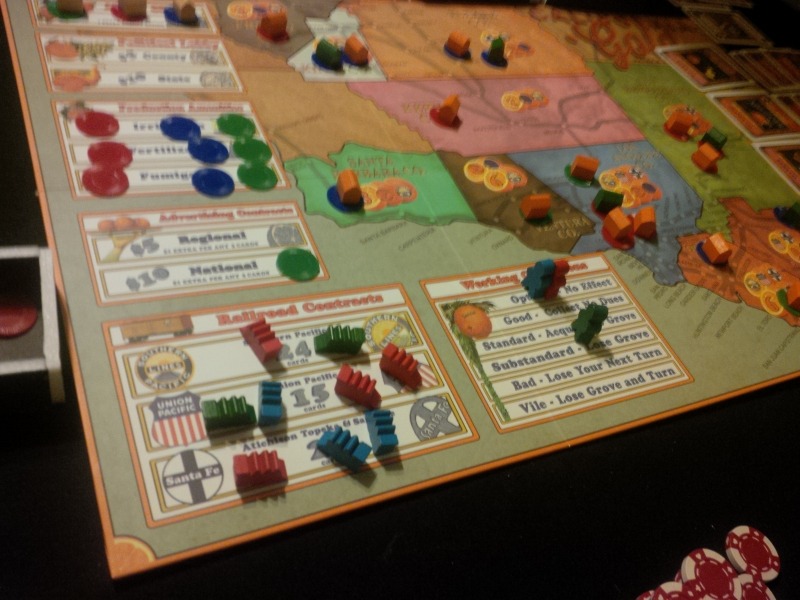With 2016 wrapping up, it’s a good time to look back at the year in gaming. It was an incredible year for board and card games, with a ton of impressive releases. Here are my picks for the top 10 games released this year.
(Note: this is using the Essen Spiel 2015 (Oct 8-11) to pre-Essen 2016 (Oct 13-16) calendar many gaming sites and podcasts go with. I think it’s a good timeframe, as games that come out at or after Essen don’t have much time to get played before the end of the calendar year. Also note that I haven’t played everything out there, so this list may change over time!)
Honourable mention 1: Kansas Pacific (David V.H. Peters/Winsome Games/Queen Games). This is another great entry in the line of Winsome Games rail games re-released by Queen Games with nicer components (others include Chicago Express, German Railways, Paris Connection (also by the same designer) and Locomotive Werks), and it has some unique elements. There’s an excellent mix of pressure to rush across the board (only three of the six companies can reach the end, and it’s rare to see three actually do it, plus many cities offer more rewards if you’re there first) and penalties for haste (track’s much more expensive if you build a lot of it, and sticking close to your starting point can pay off too). Granted, this was actually a 2009 release from Winsome, but the deluxe Queen version came out this past year after Essen 2015. If you’re into train games, this is highly recommended.
Honourable mention 2: Tiny Epic Galaxies (Scott Almes/Gamelyn Games). This is my favourite of the Tiny Epic series so far, offering some really cool decisions. It’s a die-roller, but there are tons of ways to use and/or mitigate particular roles, and there are plenty of paths towards victory. Do you use planets for short-term actions or try to colonize them? Will your opponent get there first? How much effort do you put into upgrading your empire? The solo game in this is excellent, and I like it with two or three players too. However, it does feel like it bogs down with four or five; this may be player-dependent (those prone to analysis paralysis are really going to slow this one down, as there are so many possible options), but it’s a game I’d rather play with a small group, and a group that plays quickly. Overall, this is another excellent game from Almes (who I’ve been a big fan of since his very-underrated Kings of Air and Steam.) I Kickstarted the Beyond The Black expansion, and am looking forward to seeing what it adds.
Honourable mention 3: Potion Explosion (Stefano Castelli, Andrea Crespi and Lorenzo Silva/Horrible Games/Cool Mini or Not): This came out in 2015 in Italy, but CMON brought it to North America in 2016. It’s a very cool game that brings a Bejeweled-like Match Three feel to the tabletop, with some neat twists (especially when it comes to using potion powers). My non-gamer wife says it’s her favourite game, and we’ve had a great time playing it together. Highly recommended as a gateway game for anyone who likes that sort of Match Three gameplay.

Honourable mention 4: 504 (Friedemann Friese/2F-Spiele/Stronghold Games): 504 might be the most unique game I’ve ever played, as it’s 504 different games in one box. It’s a fascinating game design experiment, and it works generally well, as long as you’re able to figure out the different modules’ interactions. It also gets better as you play it (even using different modules each times, you get more used to some of the central concepts on subsequent plays). It’s an excellent game to explore, but one challenge is getting it to the table; it’s not always an easy sell to people, and it’s not terribly easy to explain any particular setup. Still, this can be a lot of fun, and I look forward to exploring it more.
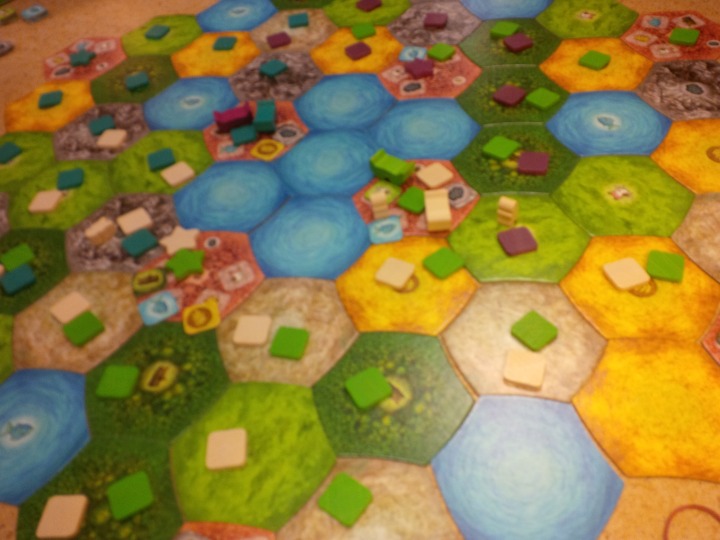
Now, the actual list…
10. Hands In The Sea (Daniel Berger/Knight Works): I love Martin Wallace’s A Few Acres of Snow (despite the complaints about a dominant strategy), and this game from Berger and new publisher Knight Works feels like an even better version of it. The Rome-Carthage First Punic War setting is perfect for this, and the deck-building system feels perfect for a clash of those empires; the bigger your empire gets, the more difficult it can be to manage. There are some excellent twists in this one, too, including naval combat/interdiction/support, events and strategies, a neutral city (Syracuse), and more. I’ve played this one a couple of times so far and have quite enjoyed it; I’m looking forward to exploring it even more. Check out Dan Thurot’s excellent review if you’re interested in learning more on this game. Read more




